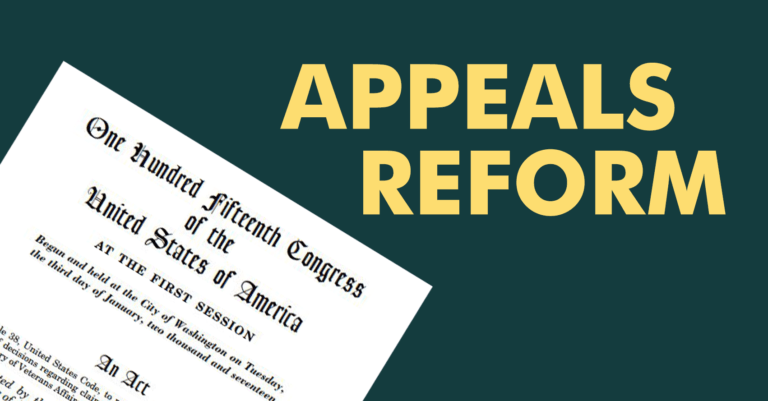Full Implementation of Appeals Reform: VA Publishes Updates to Adjudications Manual

CCK Law: Our Vital Role in Veterans Law
On August 23, 2017, the Veterans Appeals Improvement and Modernization Act of 2017 (Appeals Reform) was signed into law. Specifically, the new system allows veterans to choose from three different review options, or lanes, when filing an appeal: the higher-level review lane, the supplemental claim lane, and the Notice of Disagreement (i.e. Appeal to the Board of Veterans’ Appeals) lane. There are three additional options for veterans at the Board: the direct review docket, evidence docket, and hearing docket. Appeals Reform was officially implemented today, February 19, 2019. All requests for review of VA decisions that were issued on or after today will be processed under the new, multi-lane system. Earlier today, VA also published updates to nearly 100 sections of its Adjudications Manual (M21-1 Manual) to reflect the changes implemented by Appeals Reform. The M21-1 Manual outlines VA’s internal policies and procedures and guides VA adjudicators in making decisions.

About the Author
Share this Post
